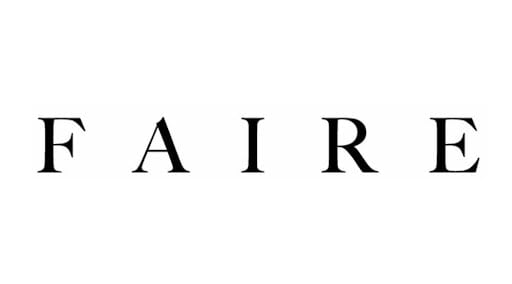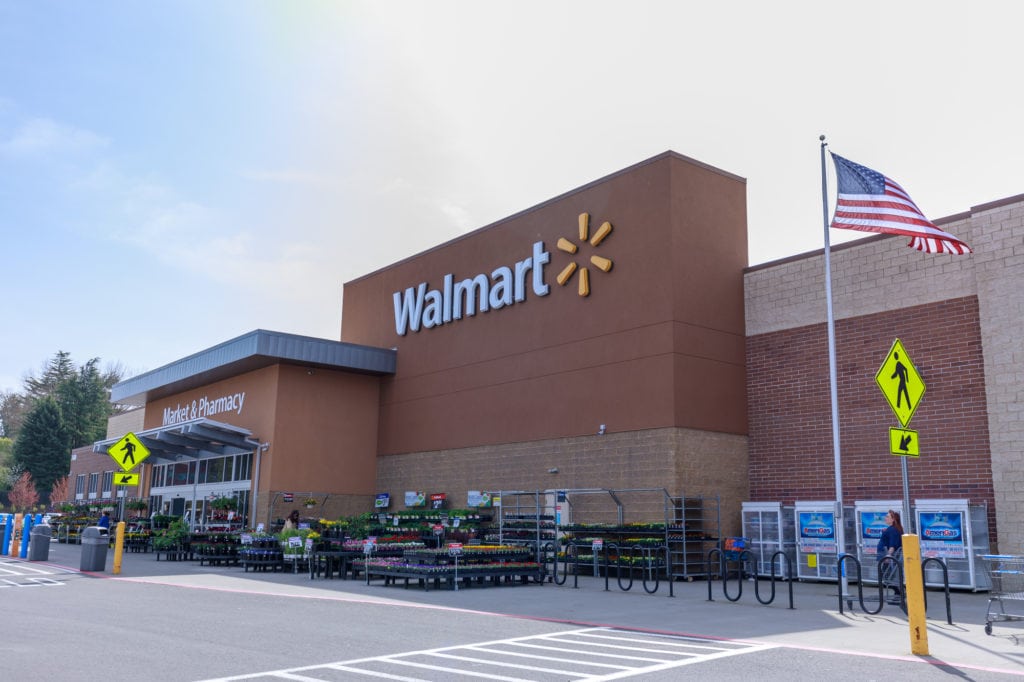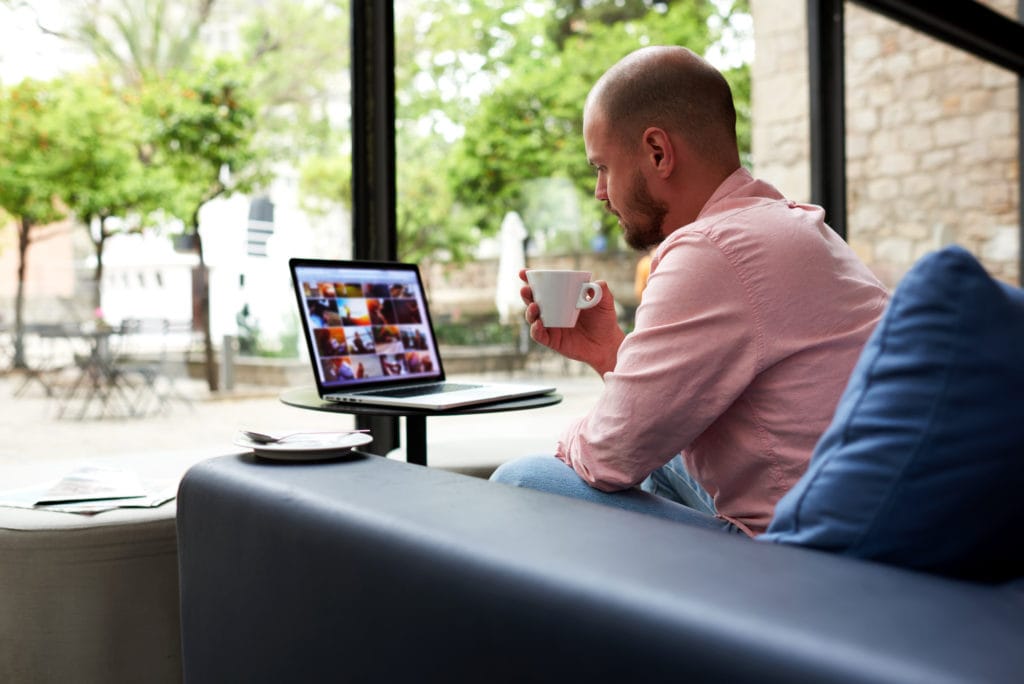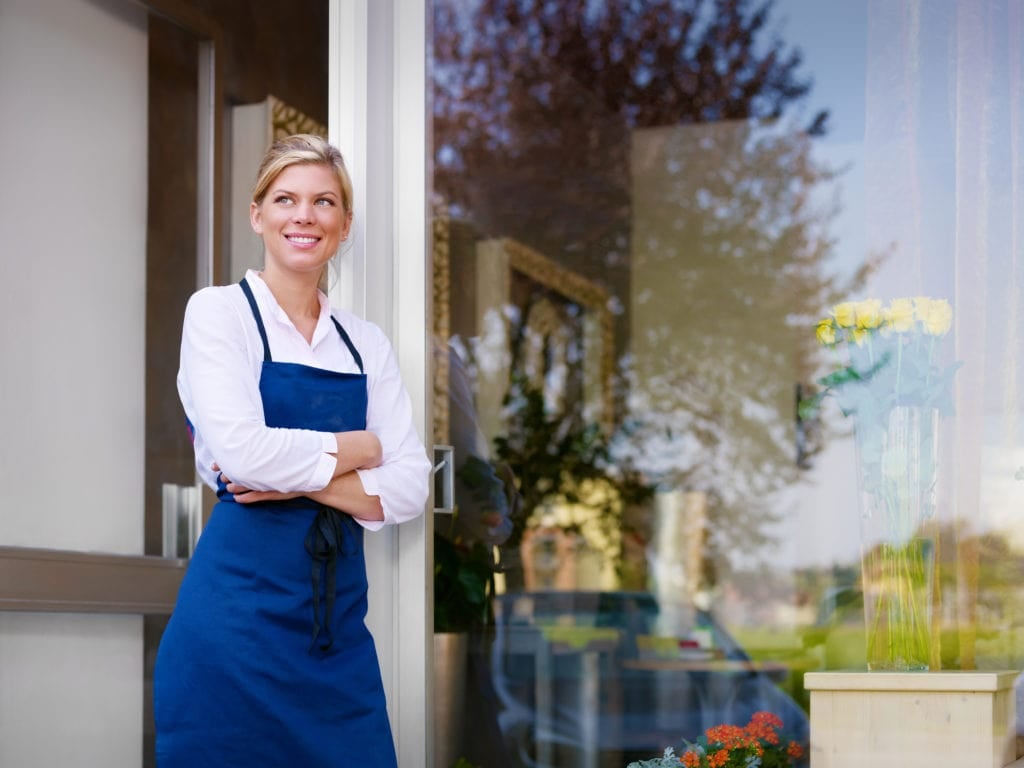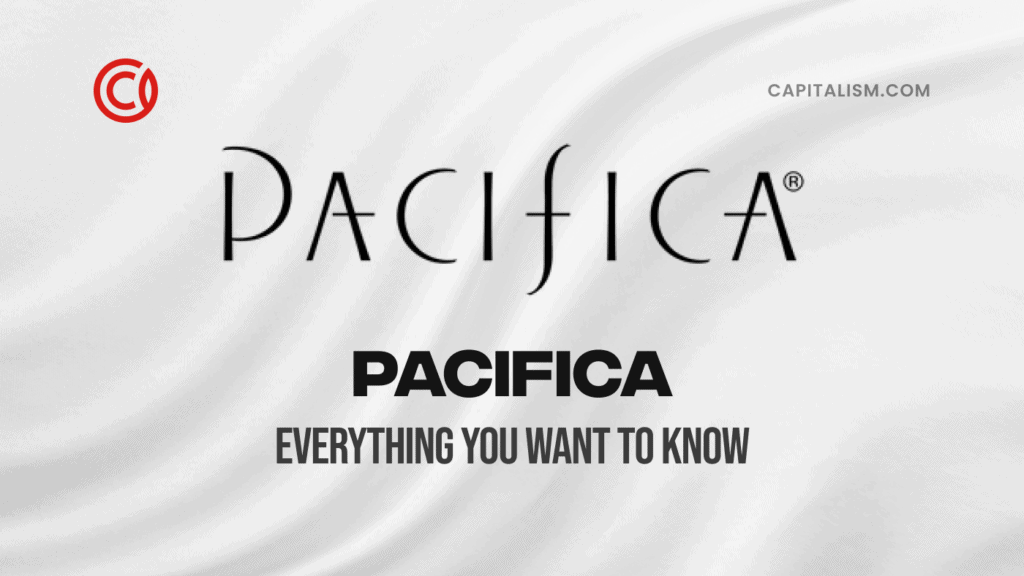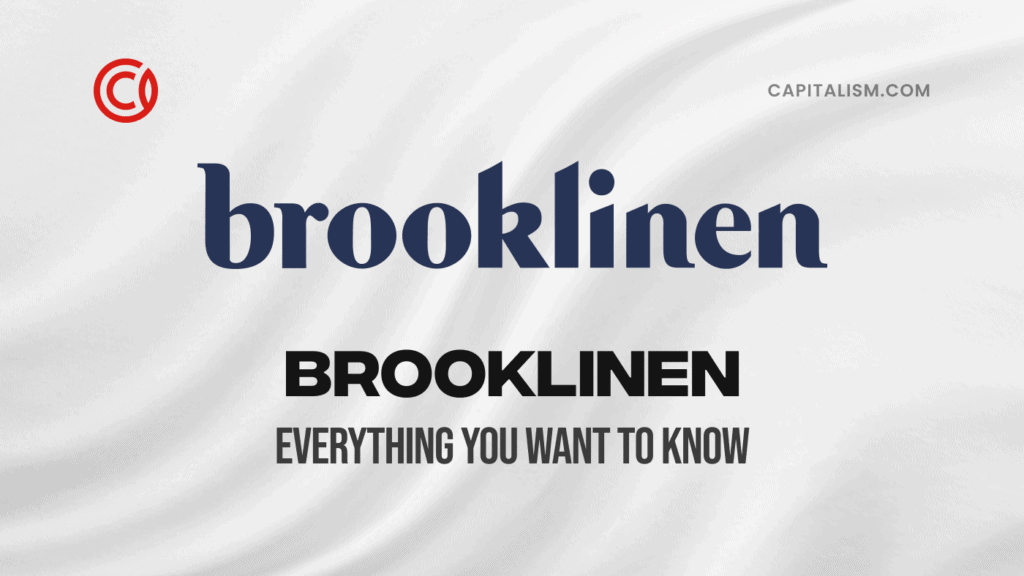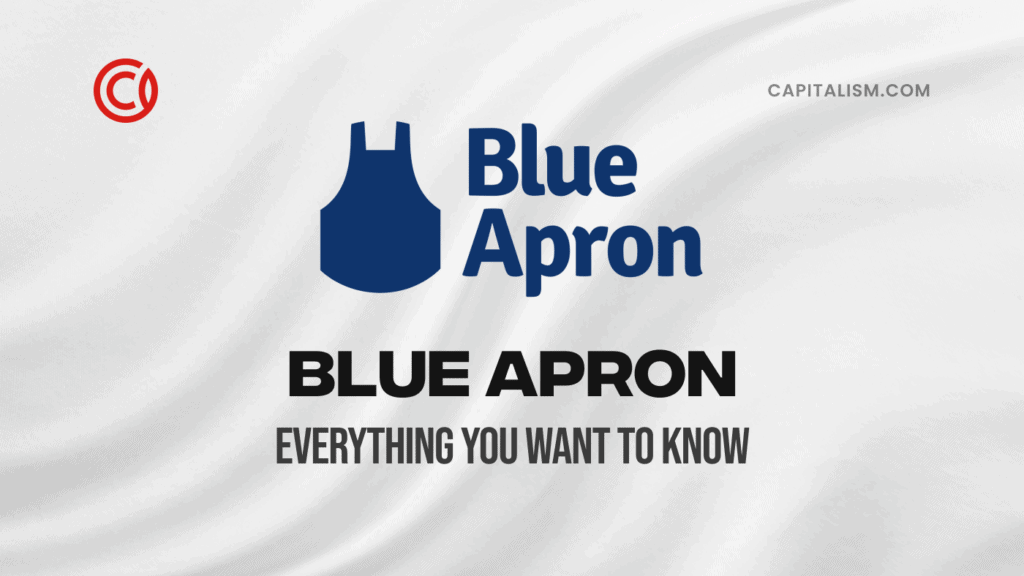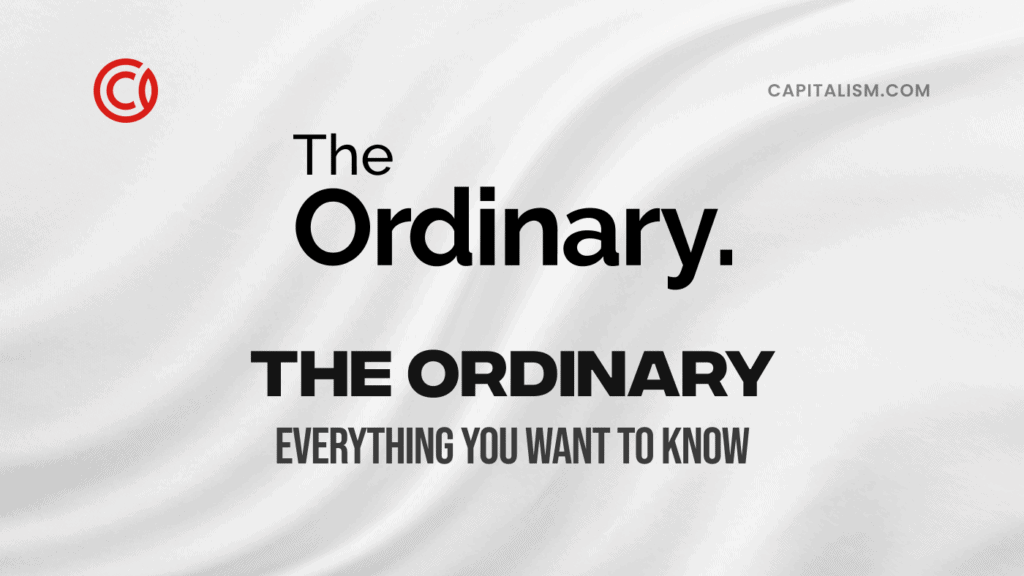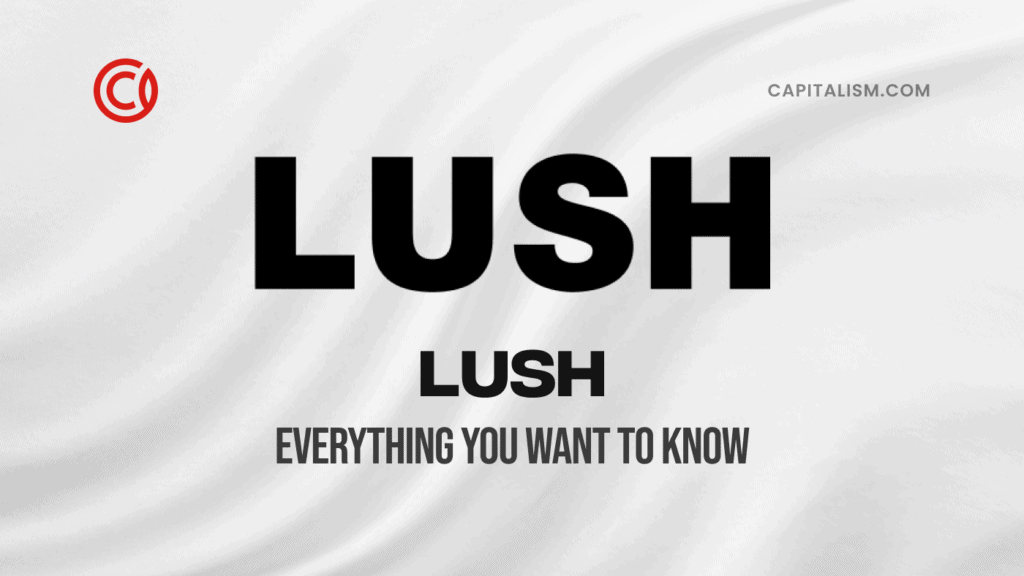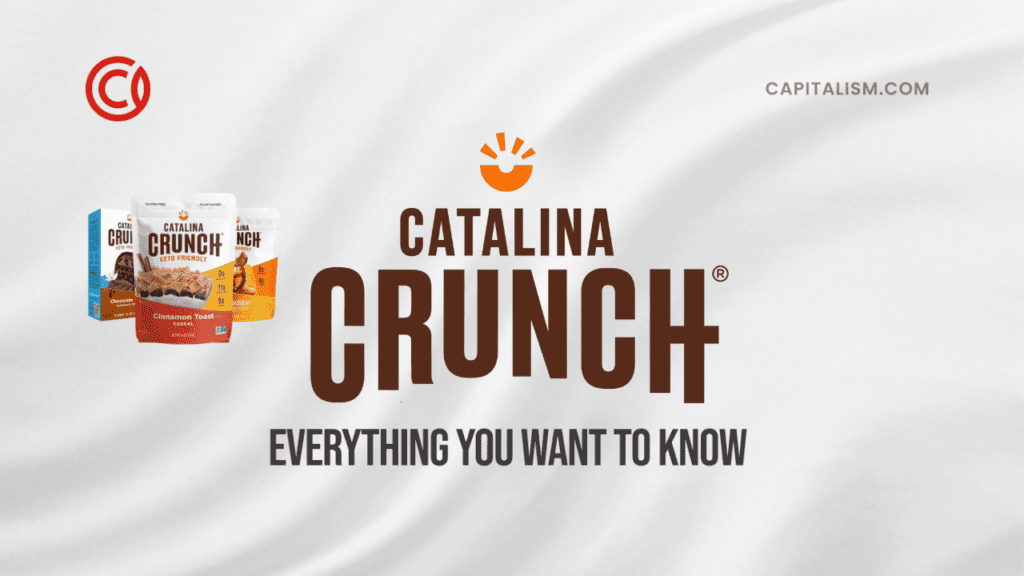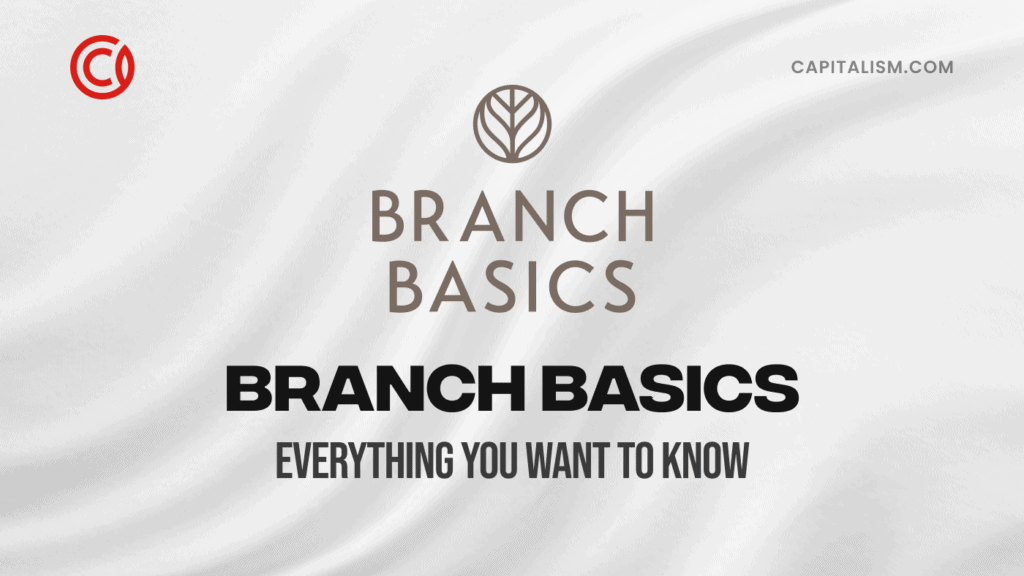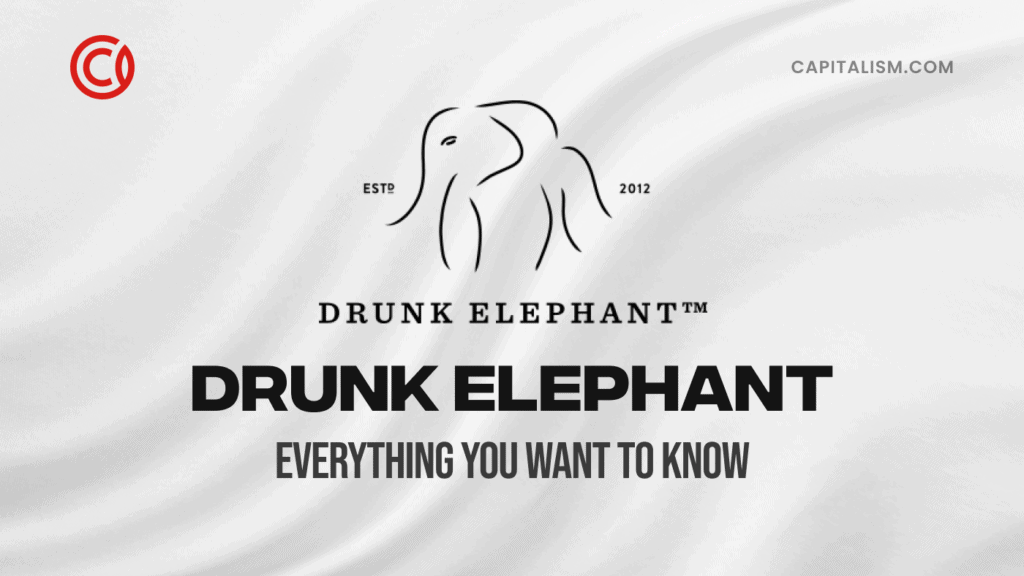The Future Is Local: Here's How These Four Founders Scaled Faire from $0 to $7B in 4 Years
Reviving the antiquated wholesale model is precisely what Max Rhodes, Marcelo Cortes, Jeffrey Kolovson, and Daniele Perito set out to do when they founded Faire in 2017. It became their mission to connect small retailers, including mom-and-pop shops, with the right products. But instead of relying on cost-prohibitive trade shows, Faire decided to reinvent the buying experience with an entirely online wholesale marketplace.
As it turns out, small businesses also prefer Faire's online, hassle-free model. So in June 2021, a $260 million series F funding round, led by Sequoia Capital, brought the brand's valuation to $7 billion—nearly triple its worth from the prior year.
The Booming, Yet Outdated, Wholesale Market
Retailers know the value of partnering with the right wholesalers; they can make or break a small business. And the ever-growing wholesale market reflects this demand. According to IBISWorld, wholesale trade in the US reached an $8.5 trillion market size by mid-2021, up 4% from 2020.
While these numbers sound extremely impressive, before Faire's entrance in 2017, small retailers could only discover and purchase new merchandise in-person, through emails, or via telephone. These outdated methods limited which wholesalers smaller companies could reach. As a result, lesser-known retailers struggled to keep hot ticket items in stock. And when they could get their hands on in-demand products, they often found themselves the victims of price gouging.
Max, Marcelo, Jeffrey, and Daniele saw the need for a better system. An online wholesale marketplace was the perfect solution. This digital platform would benefit both wholesalers and retailers. It would connect wholesalers with up-and-coming brands across the world. And online buying would also let retailers bid competitively for the latest products without leaving their shops. As a result, mom-and-pop stores would finally have access to the tools needed to compete against Amazon and other big-box retailers.
The co-founders realized they had a winning model. But what they didn't expect was for it to gain traction right out of the gate. "We just happened to land on the right idea from day one. The result was that we started growing pretty fast, pretty quickly," Max reflected on Faire's seemingly-instant success.
Faire Highlights
- What is the Faire company?
Faire is a first-of-its-kind online wholesale marketplace. It lets small business owners get their hands on the latest merchandise and test-drive it before paying a cent. - How does Faire make money?
The company takes a commission whenever a retailer places an order on the site. Commission percentages vary from 25% for first-time orders down to 15% on reorders. - Can I sell on Faire?
Interested wholesalers must first fill out an online application before they can begin selling on the site. - Is Faire free?
It's completely free to join the marketplace. Wholesalers only pay a commission on new business they obtain from the site. - Can I sell Faire products online?
After a retailer purchases merchandise from Faire, they can sell it online or in a brick-and-mortar store. However, since Faire exists solely to support small businesses, it prohibits retailers from selling purchased products on Amazon, eBay, Etsy, and Poshmark.
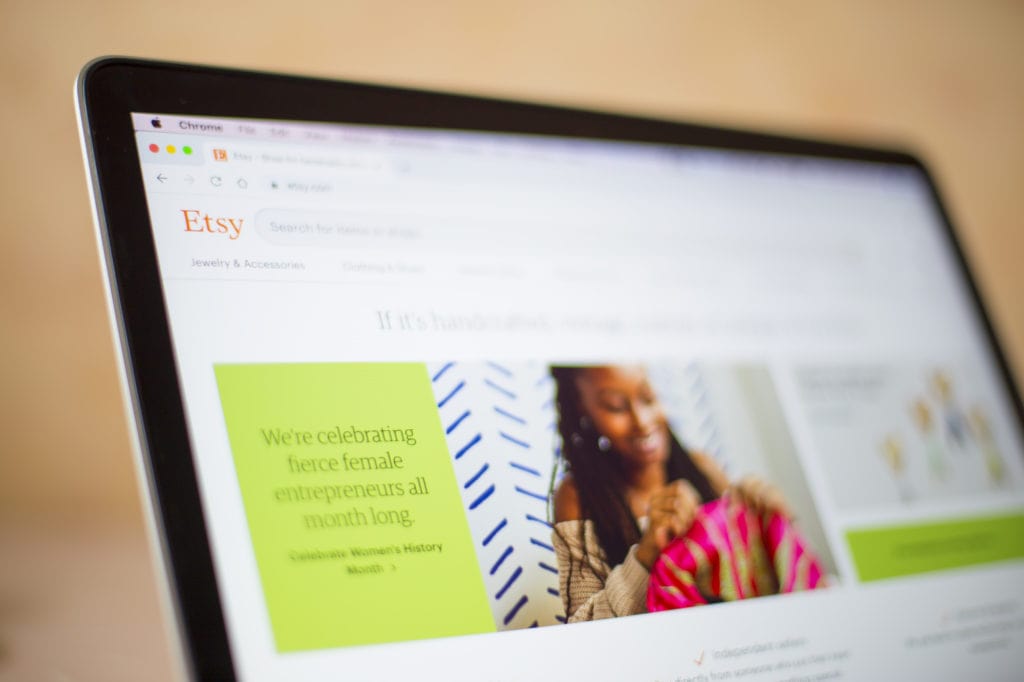
- Is Faire legitimate?
Although Faire may sound too good to be true to many mom-and-pop shops, it's totally valid and verifiable. There's a reason why over 200,000 retailers across the world use the site to stock their shelves. - How can I connect with Faire?
The brand maintains Facebook, Instagram, and Twitter pages. You can also follow the Faire LinkedIn account to learn more about Faire careers.
The Faire Founders Came Before the Business
Max, Marcelo, Jeffrey, and Daniele had a long history before deciding to launch a business. The guys all worked together at Square, a merchant solution and mobile payment platform. There, they learned a lot about running a successful company from Square's co-founder Jack Dorsey. And during his tenure at Square, Max had a huge revelation. "I saw the power that technology could have in improving people's lives, especially small business owners," he recalled.
Although the guys all worked for the same company, they handled different departments. They each brought different skill sets to the table. Max had a product background. He understood the ins and outs of getting a product from development to consumer. Marcelo was a skilled engineer with over 20 years of experience. Daniela's background was in risk, security, and data science. And Jeffery was an incredible operator. Launching a business together only made sense. As Max explained, "We felt like we had all the building blocks in place."
Putting a great team together is one of the three critical tasks the Capitalism Incubator teaches as part of the Owner’s Model. Sure beats trying to wear all the hats yourself.
Not Their First Rodeo
The Faire wholesale marketplace wasn't Max, Marcelo, Jeffrey, and Daniele's first idea. The founders brainstormed several business iterations. And finding the right one was more difficult than anticipated.
What were some of the considerations? Initially, they thought about launching a car insurance company for low-income immigrants. But they discovered there wasn't really a need for this product. The guys even toyed with the idea of selling dental drills. But no one was passionate about that idea, so they scrapped it right away.
The idea for Faire didn't manifest until the co-founders tried to sell a high-end umbrella. They had no problem getting it into fancy department stores. But the product actually sold better in smaller retail shops. There was just one problem. It was impossible to connect with those mom-and-pop stores digitally. They were all stuck in the previous century. And it was time to change that.
The founders saw an immediate need for a more streamlined, wholly digital wholesale marketplace. It would be better than trade shows and help small businesses compete in the retail space. Faire was the obvious choice. "It felt right instantly. We were solving a problem we understood really deeply," Max remembered.
As soon as the co-founders came up with the Faire concept, they began working on it full-time. Creating a more effective way for small business owners to buy inventory became their only goal. While working at Square, the guys saw firsthand the pain of getting products in stores. Bringing on a new product was risky on the retailer's side. And then a solution hit them in the square in the face.
The Try-Before-You-Buy Faire.com Business Model
From the get-go, the founders received positive Faire wholesale reviews from customers. But that didn't equate to dollar signs just yet. Landing repeat customers wasn't always easy. Likewise, a lack of supply or a lack of demand would slow down growth. And sometimes, a lull in the market was to blame for unsteady traction.
What the brand needed was a core product unlike anything else out there. It needed to be something that would excite both wholesalers and retailers. Net 60 payment terms would be that something.
Net 60 payment terms let retailers test products completely risk-free. They buy enough merchandise to fill their inventory, put it on the shelves, and see how customers respond. Then, after 60 days, they can return any unsold merchandise, no questions asked. This data-driven selling tool gave small businesses instant access to capital—something once only accessible to big companies. Faire essentially underwrites the retailer risk. In return, retailers can try new products without obligations. And if they choose to send back the items, they also get free returns.
Similar payment options were not unheard of. But no one had ever offered them to mom-and-pop shops before. Just three months after launching net 60 payment terms, Faire went from doing $100K to $1 million per month in gross merchandise value. "We were excited about it from day one!" said Max.
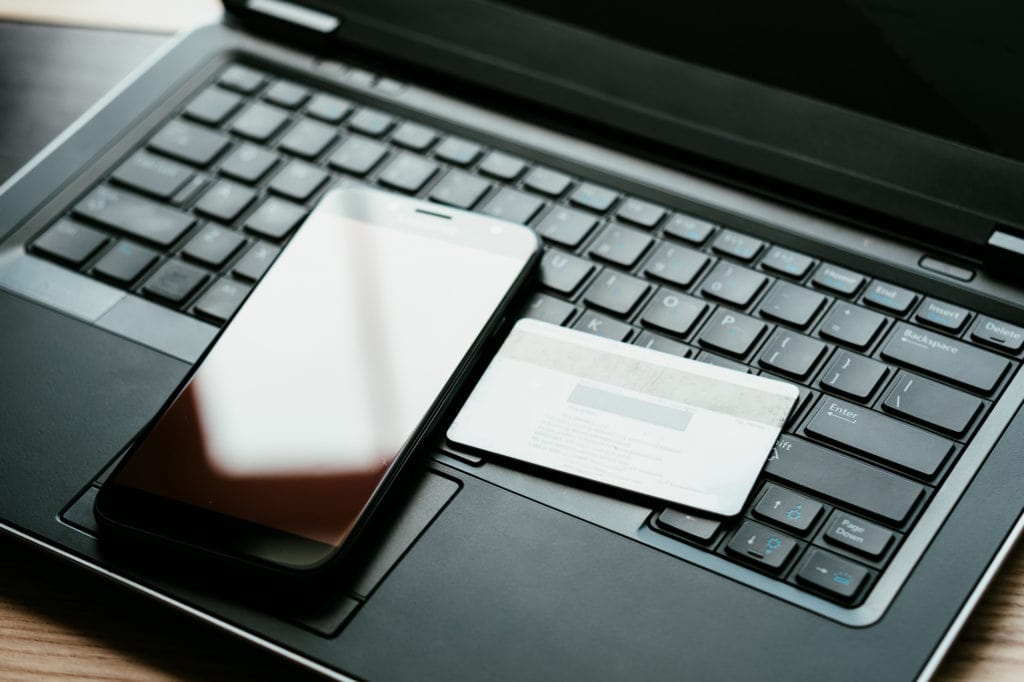
Trouble Ahead
But that excitement only lasted through the end of 2017. By January 2018, things took a sharp left turn. Retailers returned a staggering percentage of sold products. And many retailers who kept the merchandise never paid up. Max, Marcelo, Jeffrey, and Daniele watched in shock as money flowed down the drain. Even worse, they had to break the news at the first board meeting.
Instead of giving up, the founders analyzed the problem from every possible angle. First, they looked for trends, such as which retailers returned the most merchandise and which products drove most of those returns.
After identifying all the problems with the net 60 terms, the founders decided to rewrite the rules. They imposed credit limits and created a ranking system for wholesalers and products. And they even found an easier way for retailers to pay invoices. These simple tweaks made a huge difference. Six months later, return rates dropped by 75%, and defaulted accounts practically vanished.
"We're continually launching new experiments—not being afraid to try new things, not being afraid to make big bets—while still maintaining a focus on the overall strategy," Max bragged about the company's success. Stepping outside their comfort zone helped the founders reach unfathomable success.
The Present Is Big-Box, but the Future Is Local
From day one, Faire had a set target audience in mind—small, local retailers. These businesses are at a considerable disadvantage compared to big-box giants. For years, large companies have taken the lead in the retail world. Big-box stores take up a lot of retail space and offer more variety to consumers, often for a lower price. They don't make money through small, high-quality purchases but rather from large, high-volume sales.
Big-box leaders, such as Amazon, Walmart, and Target, have more buying power leverage than mom-and-pop shops. As a result, they have available capital to purchase more inventory at a time, thus reducing the cost per unit. And big-box retailers tend to pass the savings along to their customers.
Competing with these superstores pushed small retailers into a dead-end wall. As a result, many local businesses struggled to keep up with the Joneses. Some lost their customer bases completely. However, while shopping local often comes with a higher price tag, these smaller retailers offer a highly personalized experience. And most consumers believe that's worth something.
Consumers Love to Shop Local
A report by Red Egg Marketing showed that 82% of customers would pay higher prices to support local businesses. And the COVID-19 pandemic further motivated shoppers to seek out small brands. Now, local retail has started to bounce back.
The co-founders of Faire recognized the importance of supporting small retailers well before the pandemic hit. CEO Max Rhodes once said, "Our mission is empowering the 'shop local' movement. We always say the future is local."
And when the big-box retail apocalypse began, the world saw some of the most popular chains close for good. In their place, many smaller, locally-owned retailers started to appear. Entrepreneur Magazine further elaborated, "Since the Borders bookstore chain bankruptcy in 2011, the number of independent bookstores in the United States has increased every year by an average of almost 10 percent."
Why the shift? Local retailers offer differentiated experiences, curated assortments, and exceptional service—all things lacking in big-box stores. Because of this, these mom-and-pop shops are well-positioned to survive in a post-Amazon retail world. However, technology is the one thing holding them back. And it's also what benefits big retailers the most. Faire believes they can use data-driven technology to level the playing field for these smaller businesses.
The Unforeseen Global Fall of the Trade Show
Trade shows were once the go-to place for retailers looking to curate their inventories. Small businesses would scrimp and save just to afford the travel expenses and tickets for these events. Attending more than one show a year was often cost-prohibitive for local companies.
And trade shows were even more expensive for wholesalers. Booths cost about $100-$150 per square foot. And a single 20x20 display could easily run about $40,000-$60,000. But wholesalers gladly paid these hefty fees. After all, participating in trade shows was often the only way to increase exposure or gather new leads.
When Faire entered the wholesale market, they really shook things up. But ending trade shows was never on the four founders' agenda. Instead, a global pandemic would bring these events to a sudden halt. As brick-and-mortar stores shuttered their businesses, the need for in-person trade shows vanished overnight.
In response to the pandemic, many trade show organizers attempted to host virtual events. However, attendance suffered at these remote shows. Instead, wholesalers and retailers explored other ways to connect and do business. Many turned to Faire.
Thriving Despite the Pandemic
While trade shows were at a standstill, sales continued to pour in at Faire's online marketplace. The company tripled its revenues and sold over 75 million products to small businesses during 2020. And its retail partners also experience similar successes, with over 50% reporting increased sales just one year out from the start of the pandemic
Max explains, "We have always believed in this thriving community of entrepreneurs. We are honored to be a navigating partner for them through the pandemic and into these periods of recovery. Faire will continue to invest in independent brands and retailers at one of the most important times in history while small businesses reopen worldwide. We know that they will rebuild and reimagine the future of retail to serve their local communities better."
Nine Funding Rounds in Four Years
Max, Marcelo, Jeffrey, and Daniele can't claim all of Faire's success alone. Since first founding the brand, they have enjoyed the fruits of multiple funding rounds, according to the Faire Crunchbase profile page.
In 2017, Faire raised several million in three separate seed rounds. The first round raised an undisclosed amount from angel investors. Round two brought in $550K, also from an angel. And in November 2017, a final seed round raised $3.4 million, led by Khosla Ventures.
The following year was even more profitable. Faire raised $112 million in three additional rounds. In February 2018, A Series A round, led by Forerunner Ventures and Khosla Ventures, brought in $12 million. The brand enjoyed Series B and Series C rounds in December. The Series B round, led by Lightspeed Venture Partners, raised $40 million. The Series C round, led by Y Combinator, gave the brand an additional $60 million.
Faire only saw one funding round in 2019, but that Series D round raised $150 million. Founders Fund and Lightspeed Venture were the leading investors. In 2020, Sequoia Capital led a Series E round that raised $170 million.
Sequoia Capital returned in June 2021 to raise another $260 million, Faire's biggest investment round to date. This round coincides with the brand's decision to expand across continental Europe. Max believes the growth potential in Europe is even stronger than in the US. Faire's European market outpaced the US by 230% after only 30 days of launching.
Some Funders Came Back for Seconds
Why did Sequoia choose to invest in the brand twice? According to Ravi Gupta, a partner at Sequoia, "We are in the midst of a multi-decade digital transformation. Faire is leading the way in digitizing the multi-trillion-dollar global wholesale market."
The Series F funding round pushed Faire to a $7 billion valuation. Today, the brand's online marketplace features over 20,000 wholesale suppliers. And it reaches more than 200,000 local retailers.
Is there a Faire IPO in the future? Faire stock would be an asset to any investor's portfolio. But the brand remains a privately held business. The four founders have not expressed an interest in going public. But this may change as the company continues to scale worldwide.
The Future of Faire
Four work friends, Max, Marcelo, Jeffrey, and Daniele, founded Faire to help small business owners. It was time for mom-and-pop companies to enter the digital era. They envisioned a company that would level the wholesale playing field. And their mission has long since surpassed anyone's wildest expectations.
Today, all four co-founders remain on the executive team at Faire. Max Rhodes serves as Chief Executive Officer. Daniele Perito is the Chief Data Officer and oversees risk management. Marcelo Cortes acts as the Chief Technical Officer, putting his engineering background to good use. And Jeffrey Kolovson handles the company's day-to-day functions as the Chief Operations Officer. Lauren Cooks Levitan is the only non-founder in a leadership role. She serves as the brand's Chief Financial Officer.
It's only been four years since the brand launched. In that short time, Faire has served millions of retailers and countless suppliers. They revolutionized the wholesale market, digitizing an industry that once relied on trade shows. And after surviving a pandemic, it appears this model can weather any storm.
Faire's story is still in the early stages. As Max says, "We're just getting started. There's a lot more work to do, more learnings to gather, and more change to create."
